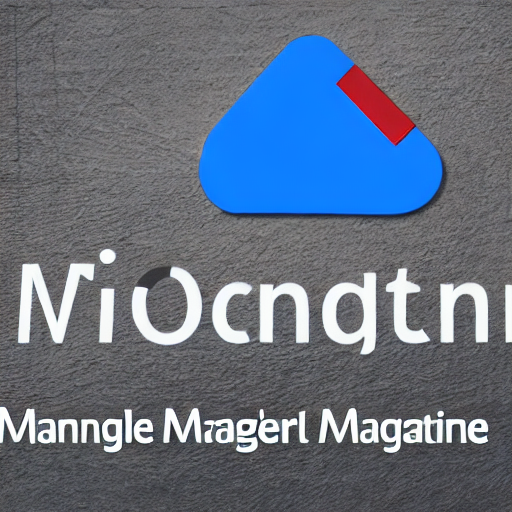

Google Ad Manager (GAM) is the industry-leading platform for publishers to manage their digital advertising inventory. While GAM offers a vast array of features, one of the most impactful is header bidding. Header bidding dramatically increases revenue by allowing multiple demand partners – including DSPs (Demand Side Platforms) and ad exchanges – to compete for your ad inventory in real-time. This guide provides a detailed, step-by-step walkthrough of setting up header bidding within GAM, covering everything from initial configuration to ongoing optimization. We’ll explore the key concepts, best practices, and potential challenges, equipping you with the knowledge to unlock significant revenue gains.
Before diving into the technical setup, let’s clarify what header bidding is. Traditionally, publishers would work with a single ad exchange to sell their inventory. Header bidding changes this. It involves integrating multiple demand sources into the header of your website or app. When a user visits a page, the browser sends requests to these demand partners simultaneously. Each partner then bids on the available ad space. The highest bidder wins the auction, and their ad is displayed. This creates a competitive environment, driving up prices and increasing overall revenue.
Real-life Example: Imagine a news website. Without header bidding, it might only be selling its inventory to Google Ad Manager. With header bidding, it’s also receiving bids from companies like Magnite, Pubmatic, and Index Exchange. This competition pushes the price of those ad slots higher than they would be if only Google were bidding.
Successful header bidding requires careful planning and preparation. Here’s what you need to consider before you begin:
This is the core of the setup process. The specific steps will vary depending on the demand partner and the integration solution you’ve chosen. However, the general process involves:
Example: Using Prebid.js, you’d configure the demand partner connection by specifying the partner’s API endpoint and authentication details. The Prebid.js library would then automatically handle the bid requests and responses.
Once you’ve integrated your demand partners, you need to configure GAM to work with your header bidding implementation. This involves several key settings:
Important: Ensure that your GAM settings align with your demand partner’s requirements. For example, some partners may require specific targeting parameters to be included in your bid requests.
Header bidding isn’t a “set it and forget it” solution. Ongoing optimization is crucial to maximizing your revenue. Here’s how to approach it:
Example: If you notice that your fill rate is low for a particular segment of users, you might adjust your bid request targeting to focus on a more receptive audience.
Header bidding can be complex, and you’re likely to encounter issues along the way. Here are some common problems and how to address them:
Resource: Consult the documentation and support resources provided by your demand partners and GAM.
Setting up header bidding in Google Ad Manager is a significant undertaking, but the potential rewards – increased revenue and improved monetization – are substantial. By following this comprehensive guide, you’ve gained a solid understanding of the key concepts, steps, and best practices involved. Remember that ongoing optimization and monitoring are essential to maximizing your header bidding performance. Don’t be afraid to experiment, learn from your data, and adapt your strategy as needed. With careful planning and execution, you can unlock the full potential of header bidding and significantly improve your website’s monetization.
Key Takeaways:
Resources:
Disclaimer: This guide provides general information about header bidding in Google Ad Manager. Specific implementation details may vary depending on your setup and the demand partners you’re working with.
Further Learning: Consider exploring advanced topics such as rule-based allocation, priority-based allocation, and A/B testing to further optimize your header bidding performance.
Thank you for reading!
Tags: Google Ad Manager, Header Bidding, Revenue Optimization, Programmatic Advertising, Demand Partners, DMP, DSP, Ad Exchange
0 Comments